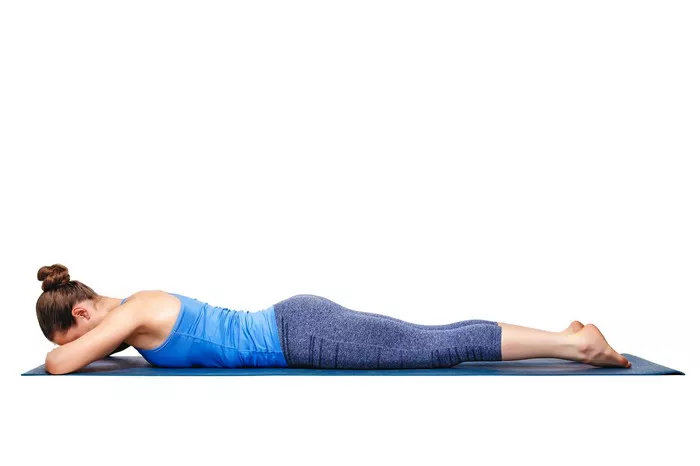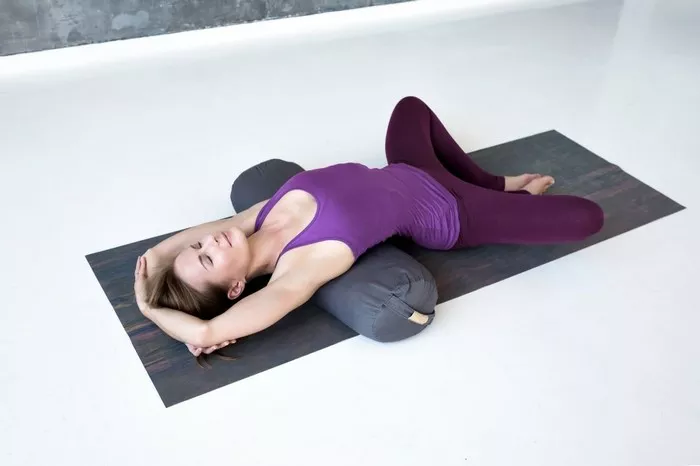Yoga is a journey that can lead to numerous physical and mental benefits. Many people begin their yoga practice hoping to see quick results. However, the timeline for experiencing the effects of yoga varies greatly from person to person. Factors such as the type of yoga practiced, frequency of classes, individual health conditions, and personal goals all play a crucial role. While some may notice changes within weeks, others might take several months to feel the benefits.
To understand how long it takes for yoga to show results, we need to explore different aspects of practice. Physical Changes are often the first area where practitioners notice improvement. These changes can include increased flexibility, improved strength, and better posture. Typically, with consistent practice—around three to five times a week—students might begin to feel these benefits within four to six weeks. However, it’s essential to remember that everyone’s body is different. Some may experience changes faster, while others may take longer. Mental and Emotional Benefits can also take time to surface. Many individuals find that their stress levels decrease after a few sessions. Yet, deeper emotional shifts may require a longer commitment to practice. Over time, regular yoga can enhance mindfulness, reduce anxiety, and improve overall emotional well-being.
Consistency in Practice
Consistency is vital in yoga. The more regularly you practice, the more likely you are to see results. For those who attend classes once a week, it might take longer to notice significant changes. On the other hand, practitioners who engage in daily sessions, even if for a short duration, may see benefits more quickly. This consistency helps the body adapt to the movements and postures of yoga. Moreover, practicing with intention can amplify results. Setting specific goals, whether it’s mastering a pose, improving flexibility, or reducing stress, can provide motivation. This focused approach often leads to quicker progress.
In addition to physical and mental changes, Lifestyle Adjustments can also emerge from a regular yoga practice. Many practitioners find themselves making healthier choices outside the studio. This might include better eating habits, increased hydration, and improved sleep quality. These lifestyle shifts often contribute to overall wellness and can enhance the effects of yoga. It’s important to be patient during this journey. Expecting immediate results can lead to frustration. Instead, embracing the process and celebrating small victories can foster a more positive outlook.
Individual Differences
Each person’s body responds to yoga differently. Factors such as age, fitness level, and previous experience with exercise can influence how quickly someone sees results. Younger individuals may find it easier to adapt to the physical demands of yoga, while older practitioners might need more time to build strength and flexibility. Additionally, those who have previously engaged in regular exercise may notice changes more rapidly than beginners. It’s also crucial to acknowledge any pre-existing health conditions. Individuals with injuries or chronic pain may need to approach yoga with caution. In these cases, results may take longer, but yoga can still offer significant benefits for pain management and rehabilitation.
Types of Yoga Practice
The type of yoga practiced can also affect how quickly results are noticed. More vigorous styles, such as Vinyasa or Ashtanga, often yield faster physical changes due to their intensity. Practitioners may find improvements in strength and endurance within weeks. Conversely, gentler styles like Yin or restorative yoga may focus more on relaxation and stress relief. While the physical results might be slower, the emotional and mental benefits can be profound. Exploring different styles can help individuals find what resonates with them and leads to the best outcomes.
Mind-Body Connection
An essential aspect of yoga is the mind-body connection. Engaging fully in each practice, both physically and mentally, can enhance results. Practitioners who focus on their breath and awareness during yoga may experience deeper benefits. Mindfulness can lead to a greater understanding of one’s body and emotions. Over time, this awareness can contribute to a healthier lifestyle and more significant overall improvements. As practitioners learn to listen to their bodies, they can adjust their practice to suit their needs.
See Also: Yoga and Blood Pressure: Benefits and Practices
Setting Realistic Expectations
Setting realistic expectations is crucial in any yoga journey. It’s essential to understand that yoga is not a quick fix but a lifelong practice. Some may experience noticeable changes in just a few weeks, while others may take months or even years to reach their goals. Practicing patience and allowing time for the body and mind to adapt is vital. Keeping a journal to track progress can also be beneficial. Writing down thoughts and feelings after each session can help practitioners recognize subtle changes over time.
conclusion
In conclusion, the timeline for experiencing results from yoga can vary widely among individuals. Factors such as practice consistency, the type of yoga, and personal goals all play significant roles. With dedication and an open mind, practitioners can enjoy a range of benefits that unfold over time. By embracing the journey and celebrating small achievements, individuals can cultivate a more profound appreciation for their practice. Yoga is not just about the results but also about the transformative process itself. Whether it takes weeks or months, the benefits of yoga can lead to a healthier, happier life.
You Might Be Interested In


















